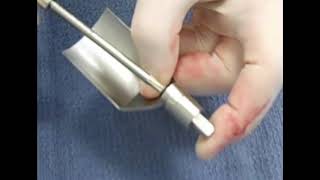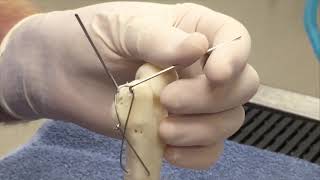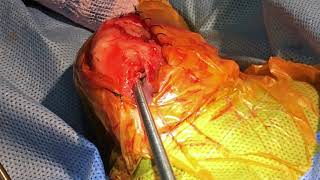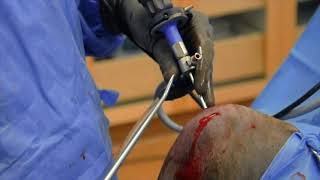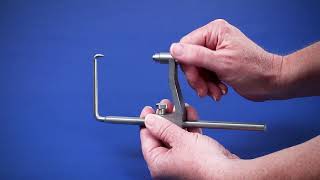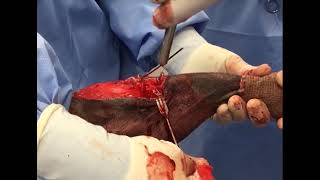Stabilization of Coxofemoral Luxation Using the Toggle Pin Method
There are a number of popular surgical methods for maintaining reduction of coxofemoral luxations - use of the toggle pin method, ilio-femoral sutures to limit external rotation of the hip, and caudo-distal transposition of the greater trochanter.
Read moreSuture Anchor Case Examples
A list of suture anchor case examples that include tendon and ligament reattachment, shoulder luxations, hip luxations, fracture repair, and stabilization of cranial cruciate deficient stifles.
Read moreAccurately Reduce and Maintain TPLO Osteotomies
How do you accurately reduce and maintain reduction of a tibial plateau leveling osteotomy (TPLO) while testing for tibial thrust before plate application?
Read moreVentura Stifle Thrust Lever User Guide
A versatile stifle distraction device, the Ventura Stifle Thrust Lever (VSTL) is designed for use during open arthrotomy or arthroscopic stifle exploration to provide unimpeded, stable visualization of the medial stifle compartment.
Read moreUnicondylar Fracture Repair Using Miniature Stick-Pins
Miniature stick-pins are useful for stabilizing condylar fractures of the distal humerus in small (<5 kg), young animals. They have more holding power in the soft bone...
Read moreHip Luxation DIY Drill Sleeve
Craniodorsal hip luxation is a common problem in dogs. For various reasons, open reduction techniques are often employed to restore hip integrity and function. The Knowles toggle pin technique is a popular method of achieving stability...
Read moreTibial Tuberosity Transposition without Tension Bands or K-wires
The historical standard for affixing the tibial tuberosity into position after the TTT is performed involves the use of K-wires and a tension band. After experiencing a couple...
Read more

